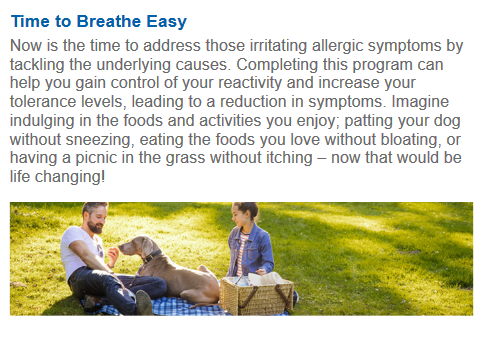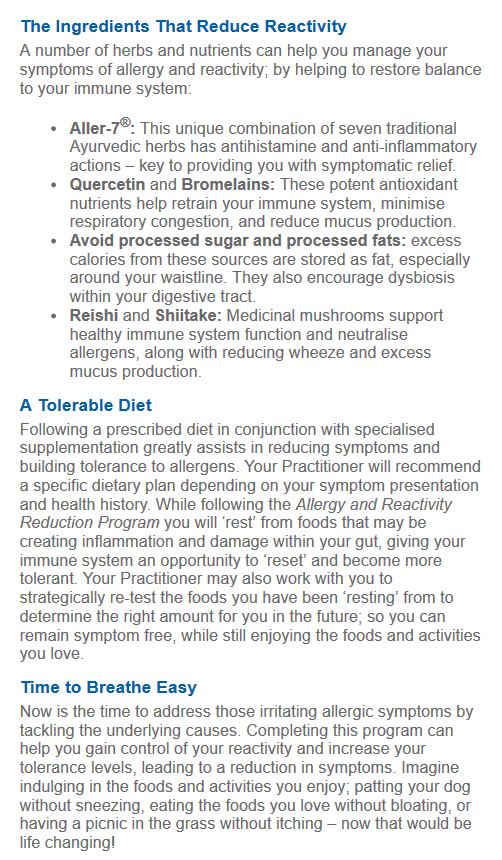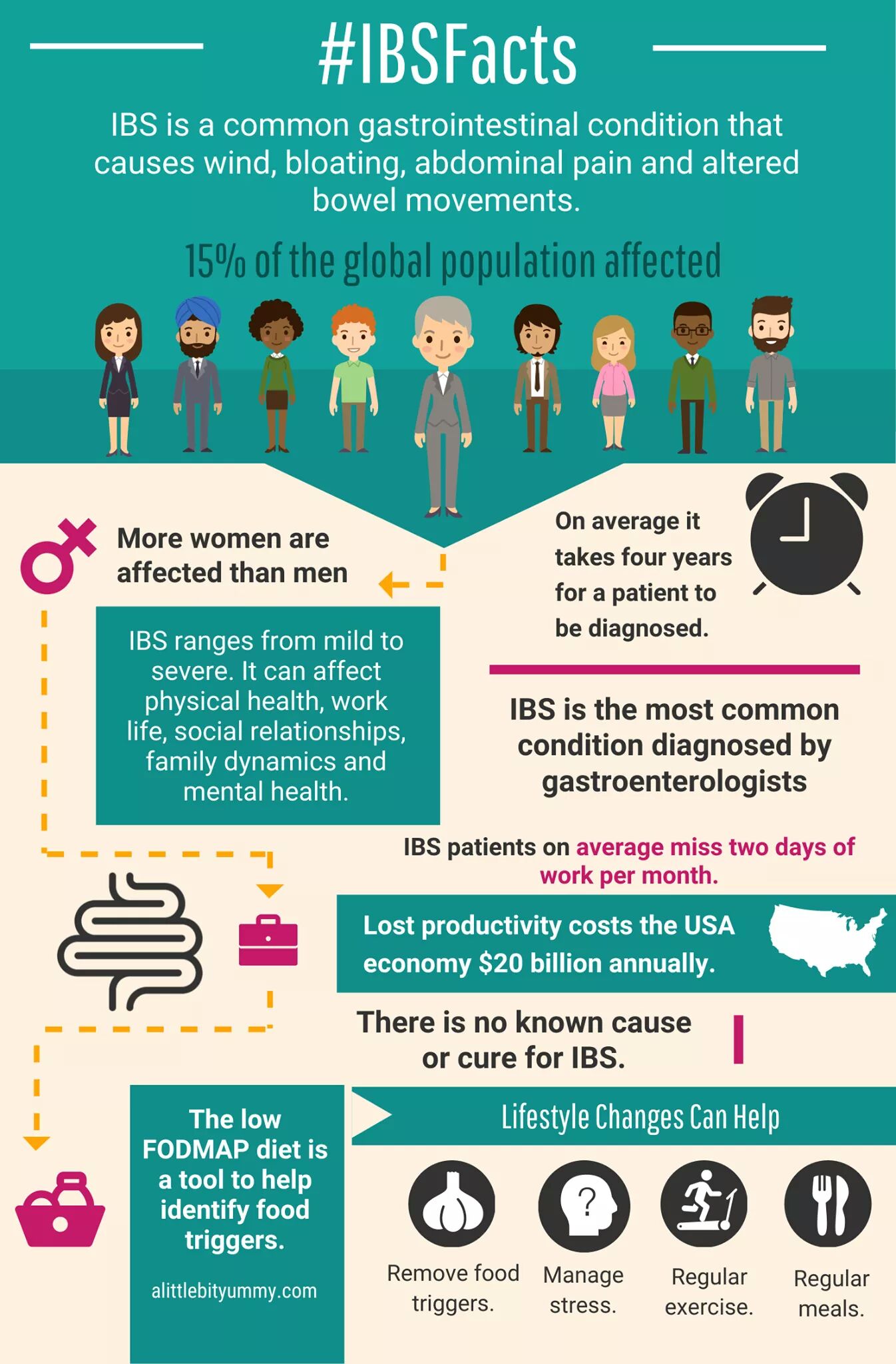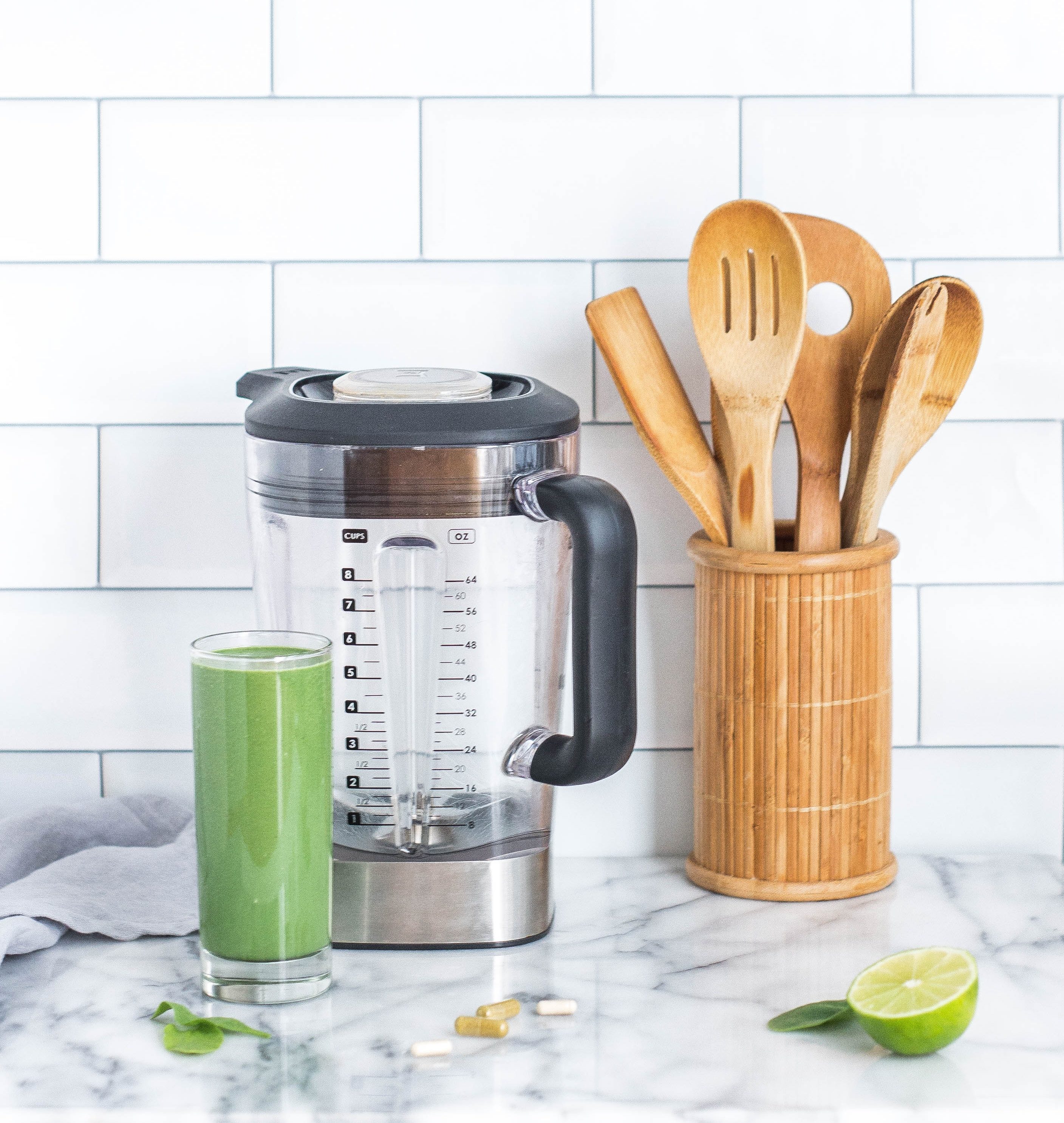
Latest WELLNESS REVIEW! xo




![]()
Eating More Organic Without Busting The Budget!🍌🍎🍋🍐🍅
So you’re convinced of the benefits of eating organic, but the price tag has got you down. The good news is that with a little creativity and perhaps a change in routine, it is possible to eat a mostly organic diet within the confines of your existing grocery budget. Try some of these ideas that have worked for my family.
Farmer’s Markets
Search your newspaper or online for farmer’s markets in your area. Many times these small farmers utilize organic practices, but you can always ask if in doubt. You can also find “you pick” farms locally if you search. These often have great prices since you have to do the work! Going berry picking is fun as well as educational. Bring the kids and make a day of it.
Buy In Bulk
Larger health grocery stores often have a nice variety of bulk items. Some have bulk bins that allow you to bring your own containers for your grains, soap, maple syrup, and many other products. These can offer huge savings, especially on certain items like spices and herbs. While it may seem odd to buy a 15 pound bag of organic brown rice, if you eat it frequently and have a little space in your freezer, bulk is a smart idea. Bring a calculator and see how much the cost is per serving. You might be pleasantly surprised. Large wholesale chains are also now offering some organic choices.
Skip Boxed and Prepared Foods
Grocery stores typically have a fairly large selection of boxed, convenience foods in the organic section. But you pay a premium for these products. The same goes for precut and washed veggies and fruit.
Spend More Time in the Kitchen
A homemade stew made from organic ingredients will still cost less than non-organic frozen lasagne. It will also be much healthier, without preservatives and other additives. If you have a bread machine gathering dust somewhere, put it to use and make a couple of loaves a week with organic flour. You’ll likely still save money over premade bread from the store. This would be a great task to assign one of your kids.
Know What’s Important to Buy Organic
There are certain foods that are more likely to contain pesticide residues. For instance, fatty items like dairy products, butter, and meats. If you’re on a tight budget, it would be better to buy these items organic than organic produce. Why? Because hormones and pesticide residues will collect in the fatty tissues of animals. You can’t really wash a stick of butter!
Focus on Veggies
If you eat more whole grains, vegetables and beans and use meat as a topping or seasoning agent, you’ll naturally spend much less. Many families find that they can afford to eat mostly organic when they eat less animal protein. Try making vegetarian, bean based dinners at least 3 nights a week.
CSAs and Co-Ops
Do a Google search to find a local community sustained agriculture (CSA) that allows you to trade a little work (or a little money) for fresh organic homegrown goods.
You can also join a co-op to buy just about anything from boxed organic food, vitamins and personal care items. Or just get together with a friend to pool your resources and buy from companies that offer a wholesale program. Search online for co-ops for everything from organic skin care to vitamins to raw milk.
Grow Your Own
If growing your own garden seems overwhelming, just start with one tomato plant or a small windowbox herb garden. Enlist the help of your kids and make it into an educational experience. Or find a neighbor who you can start a small garden with and share the work.
Go Online for Organics
Believe it or not, you can save money by buying organic food online. Some retailers offer free shipping with a small minimum purchase, others offer great prices on bulk items. You can also find coupon codes for some of the retailers. The time and gas savings can also make it very worthwhile.
http://livewellclub.com.au/eating-more-organic-without-busting-the-budget/
💕This… 🙌😚💫

Did YOU KNOW?🙄

5 Smoothies for Histamine Intolerance🍏🍑

Smoothies are such an easy, healthy option for those with histamine intolerance. They work for breakfast, lunch, or anytime you want something both filling and refreshing. Unfortunately, a lot of fruits can be problematic for histamine issues. Here are 6 great smoothies for on-the-go nutrition.
ANTIHISTAMINE SMOOTHIES
All of the following smoothies are not only low histamine but also contain antihistamine and anti-inflammatory foods. They are also beautiful with their vibrant phytonutrient colors. Adjust flavors, make substitutions according to your tolerances and preferences, and enjoy.
GREEN APPLE GINGER
The peel of the apple is where some of its best antihistamine components are. Buy organic and keep the peel. Ginger stabilizes mast cells, so it’s a great spice to include regularly.
INGREDIENTS
- 1 apple (not peeled)
- 1/2 cup coconut milk (or any tolerated dairy free milk)
- 1-2 cups arugula or flat leaf kale (lower oxalate)
- ½ tbsp fresh ginger root, grated (all ingredients are optional…there’s dozens to choose from on my 28 day plan)
- dash of spirulina or chlorella (some find them too immune stimulating but they can also have mast cell stablising properties)
INSTRUCTIONS
- Place all ingredients in a high-speed blender and process until smooth.
- Taste and adjust the sweetness and spice, if necessary.
- Enjoy!
POMEGRANATE Cucumber
Pomegranate is a wonderful source of antioxidants as well as a mast cell stabilizer. Banana adds natural sweetness and creaminess. If you choose to add ginger, there’s another mast cell stabilizer acting in your favour.
Cucumber has antihistamine and prostaglandin inhibiting properties. Prostaglandin is an inflammatory agent released from mast cells along with histamine. High prostaglandin can augment the inflammatory effects of histamine on the body.
INGREDIENTS
- 1 pomegranate, seeds collected in a cup
- 1 cucumber
- Freshly grated ginger root, if desired
INSTRUCTIONS
- Place all ingredients in a blender and process until smooth.
- Enjoy!
MANGO ROCKET
Mango is a wonderful tropical fruit that has both antihistamine and anti-inflammatory properties. Arugula is another antihistamine ingredient which comes from the cruciferous family of vegetables. It is anti-inflammatory and has loads of vitamins and minerals.
INGREDIENTS
- 1 mango, peeled
- A handful of fresh arugula (rocket)
- 1 cucumber
- ½ cup water
INSTRUCTIONS
- Place all ingredients in a blender and process until smooth.
- Taste and adjust the sweetness and amount of water, if necessary.
- Enjoy!
For another Green Mango Smoothie, check out my post, Histamine, the Good Guy?
PURPLE SWEET POTATO SMOOTHIE
Sweet potato is high in histamine lowering rutin and quercetin, but please bear in mind it is very high oxalate if that’s something you’re watching. The purple variety has more of the antioxidant anthocyanin, which is also the phytonutrient in blueberries and red cabbage. Ginger adds mast cell stabilization power.
INGREDIENTS
- 1 cup cubed purple sweet potato (cooked and then refrigerated)
- 1 cup unsweetened and thinned coconut milk
- ½ Tbsp fresh ginger root, grated
INSTRUCTIONS
- Place all ingredients in a blender and process until smooth.
- Enjoy!
BLUEBERRY BASIL
Pterostilbene is a potent natural antihistamine found in plant foods — including blueberries. Basil is a well-known antihistamine herb that pairs well with the blueberries.
INGREDIENTS
- 1 cup frozen organic blueberries
- ½ – 1 cup water
- 2-3 leaves fresh basil
- 1 Tbsp coconut milk
- 1 Tbsp almond butter or other nut/seed butter
INSTRUCTIONS
- Place all ingredients in a blender and process until smooth.
- Taste and adjust the sweetness and spice, if necessary.
- Enjoy!
https://healinghistamine.com/6-smoothies-for-histamine-intolerance/
Peanut Allergy Tolerance maintained 4 years after PROBIOTIC LGG (Lactobacillus rhamnosus) TREATMENT!🙌🎉
Research trial shows evidence that a cure may be possible for peanut allergy.

Research News
Published:
Wednesday, August 16, 2017 – 9:30am
We need your help to make breakthroughs like these a reality! Click here to support this research.
A treatment for deadly peanut allergy undergoing clinical trials at the Murdoch Children’s Research Institute (MCRI) has shown long-lasting effects, more than four years after the original study.
It provides the strongest evidence yet that a cure may be possible for peanut allergy and holds important implications for attacking the modern food allergy epidemic. Peanut allergy is the commonest cause of anaphylaxis, a life-threatening allergic reaction, and one of the commonest causes of death from food allergy.
At the end of the original trial in 2013, 82% of children who received the probiotic and peanut oral immunotherapy (PPOIT) were deemed tolerant to peanuts and went home eating peanut
Four years later, the majority of children who gained initial tolerance are still eating peanut as part of their normal diet (80%) and have passed a further challenge test confirming long-term tolerance to peanut (70%)
Publication of four year follow up data from a study of a novel oral immunotherapy to treat peanut allergy – The Lancet, Child and Adolescent Health
Research led by Professor Mimi Tang, who pioneered the probiotic and peanut immunotherapy (PPOIT) treatment, followed up children four years after they completed the initial trial. Children in the original PPOIT randomised trial were given either a combination of the probiotic, Lactobacillus rhamnosus, together with peanut protein in increasing amounts, or a placebo, once daily for 18 months, then tested to see if they had developed tolerance to peanut.
Amazingly, more than 80 per cent of children who received the combination probiotic peanut oral immunotherapy treatment were able to tolerate peanut at the end of the trial, compared to less than four percent in the placebo group. Children who developed tolerance to peanut in the first trial were instructed to introduce peanut as part of their normal diet after the study ended; whereas children who remained peanut allergic were advised to continue peanut avoidance according to current care.
The latest study, published in the prestigious Lancet Child & Adolescent Health investigated whether the benefits of the oral treatment were maintained four years later.
Prof Tang said the new study showed that the majority of PPOIT-treated children who tolerated peanut at the end of the original trial were still eating peanut without reactions four years later.
“The probiotic and peanut oral immunotherapy treatment, or PPOIT, was associated with long-lasting ability to tolerate peanut four years after stopping the treatment.
“Of the PPOIT-treated participants who achieved short term tolerance at the end of the original trial, 80% were still eating peanut and 70% had long-lasting challenge-proven tolerance four years after stopping treatment,” Prof Tang said.
“These children had been eating peanut freely in their diet without having to follow any particular program of peanut intake in the years after treatment was completed. Over half were consuming moderate to large amounts of peanut on a regular basis, others were only eating peanut infrequently. The importance of this finding is that these children were able to eat peanut like children who don’t have peanut allergy and still maintain their tolerant state, protected against reactions to peanut. We are now examining whether these beneficial effects of our novel treatment have also resulted in improved quality of life.”
“These findings suggest our treatment is effective at inducing long-term tolerance, up to four years after completing treatment, and is safe,” she said.
“It also suggests the exciting possibility that tolerance is a realistic target for treating food allergy. This is a major step forward in identifying an effective treatment to address the food allergy problem in Western societies,” Prof Tang said.
This follow up study was initially funded by MCRI and the Australian Food Allergy Foundation. It then received a $15 million funding commitment in 2016 from capital investment firm, OneVentures. A biotech company Prota Therapeutics, was jointly set up by the MCRI and OneVentures to develop PPOIT towards an FDA approved product with a plan to make the vital treatment available globally to people with peanut allergy.
Dr. Suzanne Lipe, CEO of Prota Therapeutics, said the results of the investigation, demonstrating such a high proportion of subjects still continuing to be tolerant four years later, was extremely promising and if confirmed in a larger Phase III study, would represent a paradigm shift in the way peanut allergy is managed.
“Rather than using therapy that protects against accidental ingestion, Prota’s products aim to provide sustained long term effects and the ability to include peanut in the diet. For the first time, we could have products on the market that provide meaningful and long lasting treatment benefits, which allow sufferers to eat peanut products without thinking about it, as part of a regular diet just like unaffected people.
MCRI and Prota’s success will be a major achievement on a global scale and making this vital treatment available is what drives the team to accelerate the development program through the FDA approval process.”
https://www.mcri.edu.au/news/research-trial-shows-evidence-cure-may-be-possible-peanut-allergy

